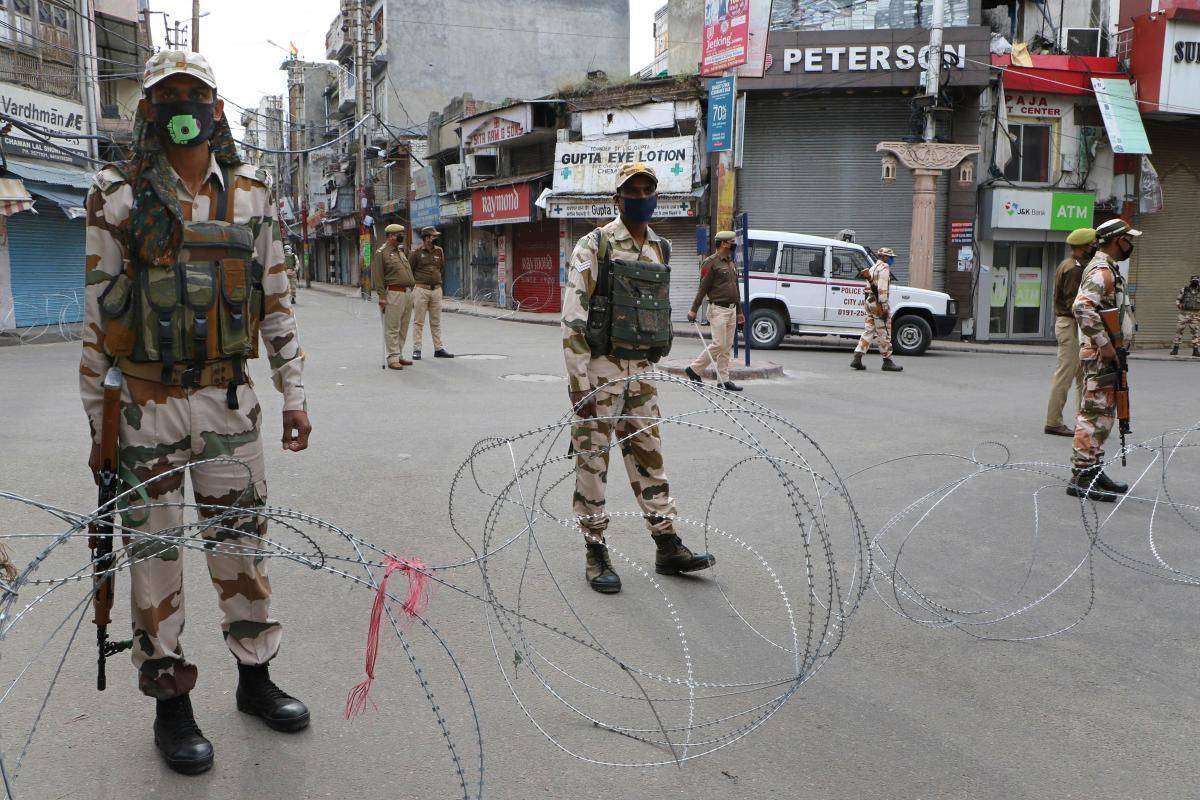In most of the cases, the boundary between extremism and terrorism is a thin line. The instances of extremists transitioning from extremism into terrorism have seen a steep rise in recent times.
Particular extremist narratives have conditioned the locals in Kashmir for a long time, and the systematic conditioning is one of the root causes behind locals taking up arms against their own country.
The years of fake narratives have poisoned minds of a considerable proportion of youth, and it has become easy to cultivate bigotry, anti-establishment narrative, and “oppressive occupational forces” propaganda in their minds.
The young generation acts as Jihadist cannon-fodder to keep the weakening flames of terrorism from dying out. The internet has been a big help in romanticizing terrorism and spreading fake propaganda as the advancement in technology has resulted in a network with a worldwide reach, and easy access. It’s easy for a person to interact with relative anonymity, swiftly and effectively across the globe, to an almost limitless audience.
It is effective and easy to use social media apps like Facebook and Twitter for the dissemination of propaganda in form of ideological or practical instruction, explanations, justifications, or promotion of terrorist activities.
The trend of romanticizing terrorism is a rapidly growing phenomenon, requiring a proactive and coordinated response from the government agencies. It is common to come up with deceitful theories to justify the barbaric and cold-blooded path chosen by these murderers and shifting the focus away from the sickening ideology of these people. One such example is the Pakistan-based Islamist terror group Hizbul-Mujahidden’s commander Riyaz Naikoo, who was responsible for cold-blooded murders of off-duty police officers and alleged police informers.
Also Read: Concerned of rising Islamic State, Afghan Hindus and Sikhs start shifting to India
Indian security forces killed him on May 6 this year in his native village Beighpora in South Kashmir, and the commander became a math genius overnight. Internet was full of stories and articles, and many of the pieces put down the responsibility of him turning into a perpetrator of unspeakable crimes on a single life-changing moment to make him appear a victim.
Even the funerals of terrorists are being used to romanticize the cause and gather large attendance. The phenomenon has witnessed a considerable upsurge after the funeral of Burhan Wani in 2016. The youth, in particular, has shown a lot of interest in such events. It doesn’t end with funerals as multiple funeral prayers are held to ameliorate the influence on youth. The aim is to romanticize and also embellish the terrorists by making the new generation feel a need for such kind of hero-worship.
The funeral of Burhan Wani, one of the most prominent faces of new terrorism in Kashmir, who was killed in Anantnag district in 2016 by security forces pushed the trend. The crowd turned up in large numbers for the funeral prayers of Burhan Wani, the 22-year-old poster boy of terrorism in Kashmir. Youth flocked to the burial ground, and vicious anti-India and communal slogans were raised. Some slogans were political, whereas some were religious. The protests spread across certain parts of the valley like wildfire, and there were even attempts to torch a police station in South Kashmir.
Such things only influence the new generation further and make it essential to destroy the ecosystem supporting and romanticizing terrorism to end this sanguinary war.
By glamorizing the murderous lives of terrorists, specific groups send out a very dangerous message that heinous and barbaric murders of innocents is justified and to be celebrated.
Government and the civil society needs to break the vicious cycle of romanticizing the terrorism whenever an ultra is killed. Only then we can hope that the next generation of Kashmir will live in peace.
The guest column has been contributed by citizen journalist RP Singh
Disclaimer: Views expressed are personal
